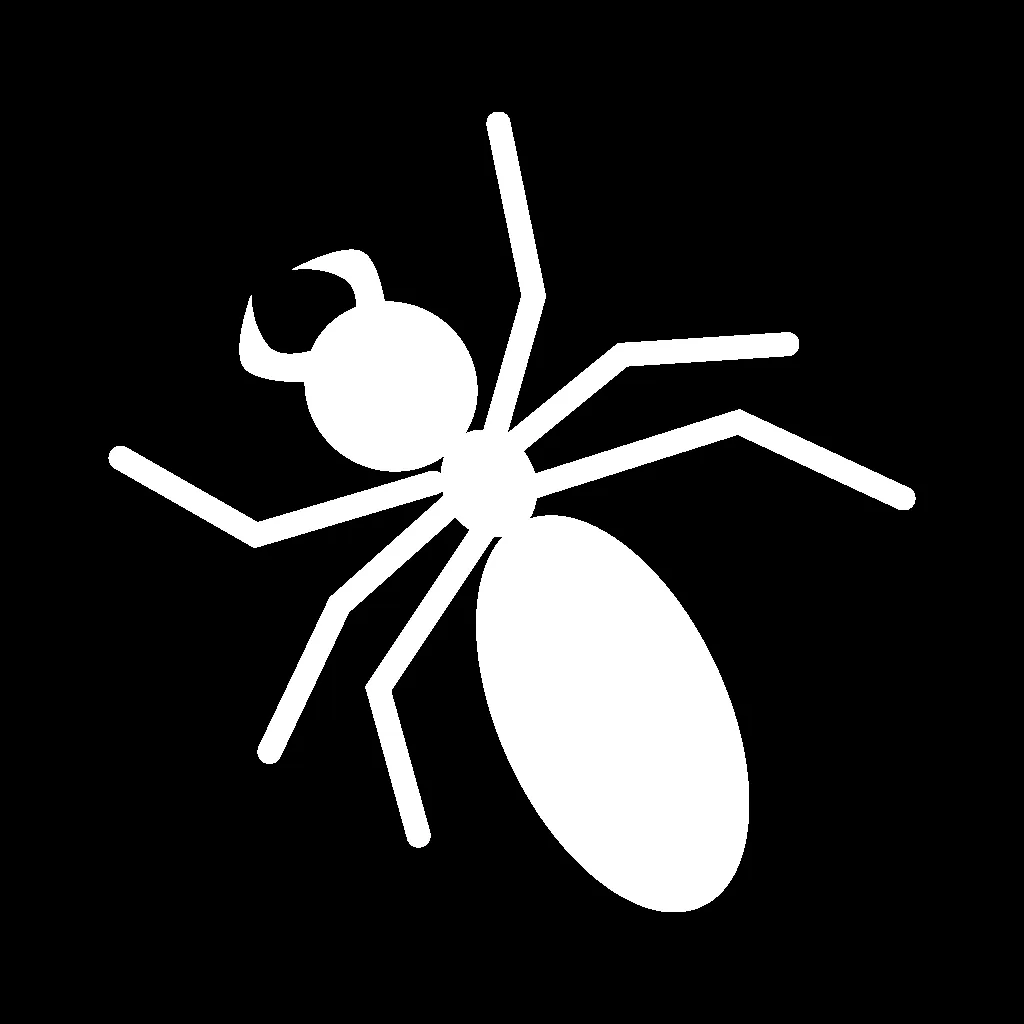The Pileated Woodpecker (Dryocopus pileatus) stands out as one of North America’s largest and most striking woodpeckers, known for its vibrant red crest and powerful drumming on trees. These magnificent birds thrive in mature forests across the continent, captivating birdwatchers with their impressive foraging habits and nesting behaviors. Whether you’re exploring woodland trails or observing from suburban backyards, understanding the Pileated Woodpecker’s habitat, food sources, nesting routines, and conservation status provides valuable insights into this iconic species. This guide draws from expert ornithological research to offer a comprehensive overview.
Habitat
 Forests
Forests
Pileated Woodpeckers prefer mature deciduous or mixed deciduous-coniferous woodlands, adapting to diverse environments from the towering hemlock stands in the Pacific Northwest to the beech-maple forests of New England and the cypress swamps of the Southeast. They require areas with large, dead trees or ample decaying downed wood, which serve as critical foraging and nesting sites. Younger forests with scattered snags or suburban woodlots with mature trees also attract them, allowing these birds to expand into human-altered landscapes. According to ornithologists, such habitats support the insect populations that form the core of their diet, ensuring their survival amid changing forest dynamics. This adaptability has helped Pileated Woodpeckers maintain stable populations despite historical habitat losses.
Food and Foraging
 Insects
Insects
Carpenter ants dominate the Pileated Woodpecker’s diet, making up to 40-97% in some individuals, alongside other ants, wood-boring beetle larvae, termites, flies, spruce budworms, caterpillars, cockroaches, and grasshoppers. These birds supplement their protein-rich insect meals with wild fruits and nuts like greenbrier, hackberry, sassafras, blackberries, sumac berries, poison ivy, holly, dogwood, persimmon, and elderberry. Their foraging strategy involves excavating deep into dead wood, creating distinctive rectangular holes that reveal hidden insect tunnels. Occasionally, they visit backyard feeders for seeds or suet, bridging wild and urban worlds. Studies from the Cornell Lab of Ornithology highlight how this varied diet sustains their energy for excavation and flight, emphasizing the importance of preserving dead wood in forests.
Nesting Habits
Nest Placement
 Cavity
Cavity
Pileated Woodpeckers select dead trees in mature coniferous or deciduous stands for nesting, though they also use snags in younger forests or urban settings. These cavities are hotly contested by species like Wood Ducks, European Starlings, Red-bellied Woodpeckers, Red-headed Woodpeckers, Eastern Bluebirds, and Great Crested Flycatchers, underscoring the ecological value of standing dead trees. Bats and swifts may even share roosts, illustrating the woodpecker’s role in supporting broader wildlife communities. Retaining these “snags” is essential, as recommended by wildlife experts, to foster biodiversity.
Nest Description and Facts
The male Pileated Woodpecker initiates nest excavation, performing most of the labor, while the female assists near completion. The oblong entrance hole differs from the typical round woodpecker openings, and birds finish by chipping from inside, tossing out debris in billfuls. Nests consist solely of leftover wood chips, taking 3-6 weeks to build and rarely reused. Cavity depths range from 10-24 inches, providing secure shelter.
Here’s a summary of key nesting facts:
| Nesting Fact | Details |
|---|---|
| Clutch Size | 3-5 eggs |
| Number of Broods | 1 brood |
| Egg Length | 1.2-1.4 in (3-3.5 cm) |
| Egg Width | 0.9-1.0 in (2.4-2.6 cm) |
| Incubation Period | 15-18 days |
| Nestling Period | 24-31 days |
| Egg Description | White |
| Condition at Hatching | Naked and helpless |
These details, sourced from long-term avian studies, reveal the species’ commitment to sturdy nest sites.
Behavior and Territory
 Bark Forager
Bark Forager
Pileated Woodpeckers target large dead wood—snags, stumps, or logs—for foraging, chiseling rectangular excavations up to a foot long to access carpenter ant galleries. Their barbed tongues extract deep-dwelling beetle larvae or termites, while powerful bill strikes, aided by neck pullback and foot leverage, produce a resonant “thunk” and piles of chips. Monogamous pairs defend expansive territories, rarely seen in groups larger than two; surviving mates quickly pair anew. Flight is undulating with deep, quick wingbeats. This keystone behavior shapes forest ecosystems by creating habitats for other species.
Conservation Status
 Low Concern
Low Concern
Pileated Woodpeckers are common, with populations rising steadily from 1966 to 2019 per the North American Breeding Bird Survey. Partners in Flight estimates 2.6 million breeding individuals, rating them low concern (7/20 Continental Concern Score). They depend on dead trees and logs, often removed by landowners, yet forest regrowth has aided recovery from past declines. Conservation efforts stress retaining snags for insects and cavity-nesters, benefiting birds and mammals alike.
In summary, the Pileated Woodpecker exemplifies resilience in North American forests through specialized habitat needs, diverse diet, meticulous nesting, and vigilant behavior. Protecting mature woodlands and dead wood ensures their future. Bird enthusiasts can contribute by advocating for snag preservation and enjoying these birds responsibly. Explore more species guides for deeper insights.
References
- Bull, Evelyn L., and Jerome A. Jackson. (2011). Pileated Woodpecker (Dryocopus pileatus), version 2.0. In The Birds of North America (P. G. Rodewald, editor). Cornell Lab of Ornithology.
- Dunne, P. (2006). Pete Dunne’s Essential Field Guide Companion. Houghton Mifflin Harcourt.
- Ehrlich, P. R., D. S. Dobkin, and D. Wheye. (1988). The Birder’s Handbook. Simon and Schuster.
- Lutmerding, J. A., and A. S. Love. (2020). Longevity records of North American birds. Patuxent Wildlife Research Center.
- Partners in Flight. (2020). Avian Conservation Assessment Database.
- Sauer, J. R., et al. (2019). North American Breeding Bird Survey, 1966–2019. USGS Patuxent Wildlife Research Center.
- Sibley, D. A. (2014). The Sibley Guide to Birds, second edition. Alfred A. Knopf.
